WALK: Wyming Brook, South Yorkshire
Green heart of Sheffield
Over 200 National Nature Reserves preserve and protect vital habitats in our isles. Among them is a lush woodland that is a jewel in Sheffield’s crown, says Helen Moat
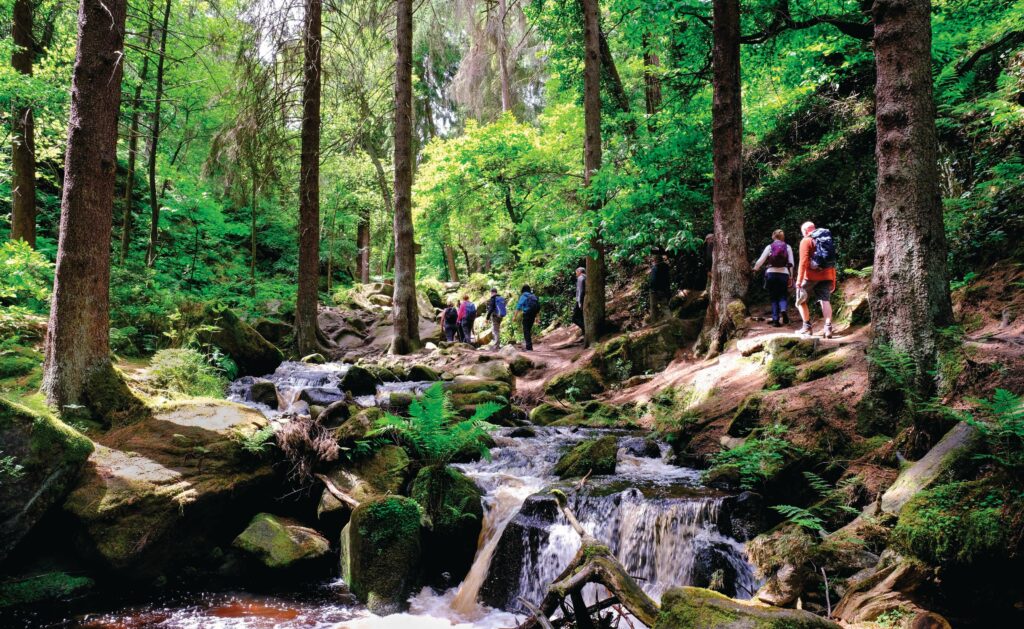
From the seabird colonies of Hermaness in Shetland’s most northernly island to the unique geology and rare plants of the Lizard at the tip of Cornwall, there are hundreds of highly prized National Nature Reserves (NNRs) in the UK.
Enshrined in the Countryside Act 1949 and further strengthened by the Wildlife and Countryside Act 1981, these NNRs are protected by Natural England, NatureScot, Natural Resources Wales and the Northern Ireland Environment Agency. More wildlife finds safe haven in a plethora of other reserves, supported by organisations such as the National Trust, Wildlife Trusts, Woodland Trust, Wildfowl and Wetlands Trust and RSPB. Their job is to protect precious landscapes and wildlife habitats – many of them Sites of Special Scientific Interest. They also endeavour to make these national gems available for everyone to enjoy, with visitor centres, accessible paths, viewpoints, information boards and nature trails.
AN ARRAY OF HABITATS
The UK’s relatively small islands boast an incredible diversity of landscapes and wildlife. On our shores, coastal nature reserves display a wide range of habitats, including shingle spits, salt marshes, sand dunes, mudflats and reclaimed farmland, along with the varied wildlife they contain. Blakeney NNR boasts all of the above – and Norfolk’s largest colony of grey seals. Contrasting these low-lying coastal nature reserves are “high-rise bird cities”, such as Bempton Cliffs NR in Yorkshire.
Away from the coast, our bogland, moors, heaths, woodlands and mountains provide homes for an amazing variety of flora and fauna across the seasons. Visit the winter waders of RSPB Insh Marshes in the Scottish Highlands, the spring wildflowers of Aghatirourke’s blanket bog in County Fermanagh, the summer puffins of Skomer Island in Wales or the colourful waxed fungi of Slievenacloy, County Antrim in autumn..
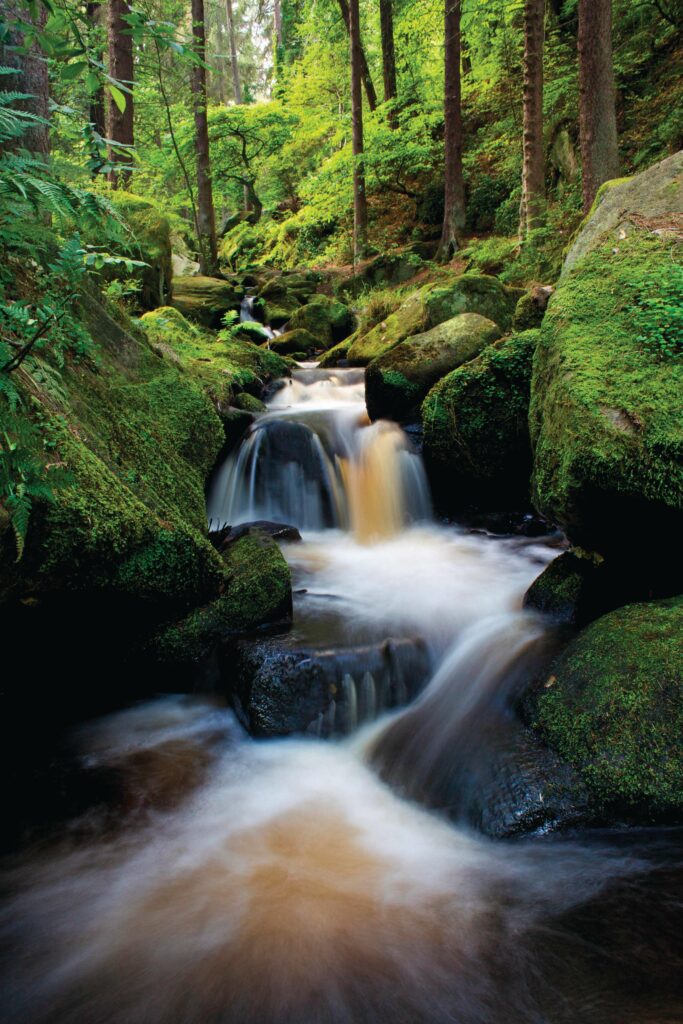
A REFUGE FROM THE CITY
On the edge of Sheffield in Yorkshire, the densely forested ravine of Wyming Brook NR contrasts the city’s high-rises, glimpsed through conifers below Rivelin Valley. The reserve’s usage has changed over the centuries. In the Middle Ages, Wyming Brook and Rivelin Chase were private deer hunting and hawking grounds for the nobility – the lords of Hallamshire. By the early 20th century, broad Wyming Brook Drive was open to cars and buses, offering gentle day trips in nature for city dwellers. In the 21st century, the noise of vehicles has given way to the sound of the wood warbler and the rush of water over rapids in the brook below the drive.
In the care of Sheffield and Rotherham Wildlife Trust, the mixed woodland of birch and oak – alongside soaring pine, spruce and larch – hums with an orchestra of birdsong in spring and summer. Besides the endangered wood warbler, the nightjar with its peculiar whirring sound, akin to a clockwork toy, can be heard at dusk on a summer’s eve. Linnets and crossbills may be glimpsed throughout the year; spotted flycatchers, tree pipits, willow tits and yellow wagtails through spring and summer. Down by the brook, dippers bob on rocks, wade in the shallows and dive for food.
If you’re lucky, you might spot a water vole. Foxes and bats also inhabit the reserve, along with the scallopededged comma butterfly. Walking down through Wyming Brook Drive, the scent of pine and babble of brook fills the air. Evergreens cling to mossy crags and the sides of the ravine plunge to the river below. Prepare to be bewitched on this short two-mile ramble.
THE ROUTE
2 MILES/3.2KM | 45 MINUTES | MODERATE
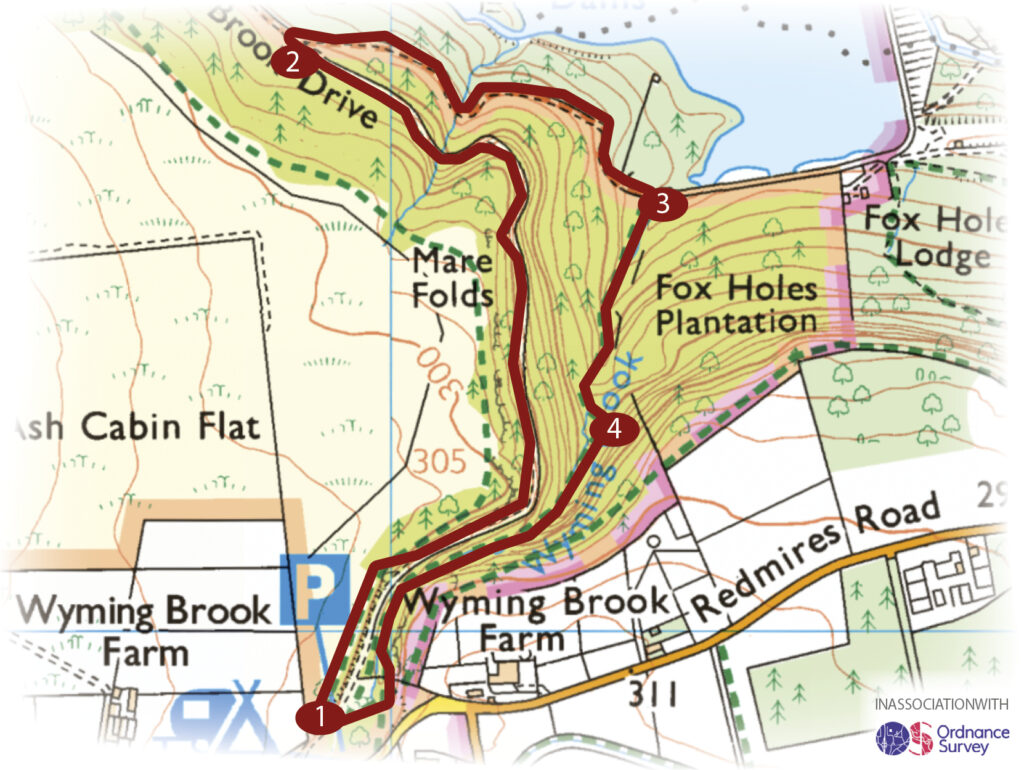
1 INTO THE RAVINE
From the small car park off Redmires Road, take the middle path along the broad Wyming Brook Drive, a Wildlife Trust information board welcoming you into the nature reserve. Keeping to the high gravel path, look out for coal tits and goldcrests foraging in the conifers and crossbills using their bills to prise open pinecone seeds.
The woodland has an otherworldly feel to it: tree roots snake over mossy outcrops, tall Scots pines and Douglas firs stretch heavenward and the sheer sides of the ravine plunge to the tumbling brook far below. As the drive curves left, views of Rivelin Dams and the incongruous cityscape below open up.
2 DAM BEAUTY
Looking out for a sharp turn on your right, drop down through the woodlands of Millstone Hole towards Rivelin Dams, the water a sparkling blue on bright days. You’ll see a path on your right climbing up through Fox Holes Plantation. Before taking it, walk on to the dam wall to take in the glorious vista – two reservoirs and the woods, pasture and moorland edging the Peak District.
3 TAKE THE PLUNGE
Back at Wyming Brook Trail, climb through mixed woodland until you meet the brook. The narrow pathway clings to the waterside. It’s more challenging walking than the easy Wyming Brook Drive but the rewards are ample. Clamber over rocks, with occasional steps carved into the stone to help you. This is a lush ravine with ferns and broadleaf trees surrounding the gushing water and mossy boulders. Pause to take in pools caught between rapids (and indulge in a spot of wild swimming if you dare). Wooden steps and a series of bridges help you navigate the river’s undulating banks.
4 FORD THE BROOK
Cross a bridge to follow the brook upstream to stepping stones. Watch your step as you negotiate the uneven stones through the brackentinged water. Alternatively, slip off your shoes and wade through the shallows. From here, it’s a short, sharp climb back to the car park.
KEY WILDLIFE TO FIND AT WYMING
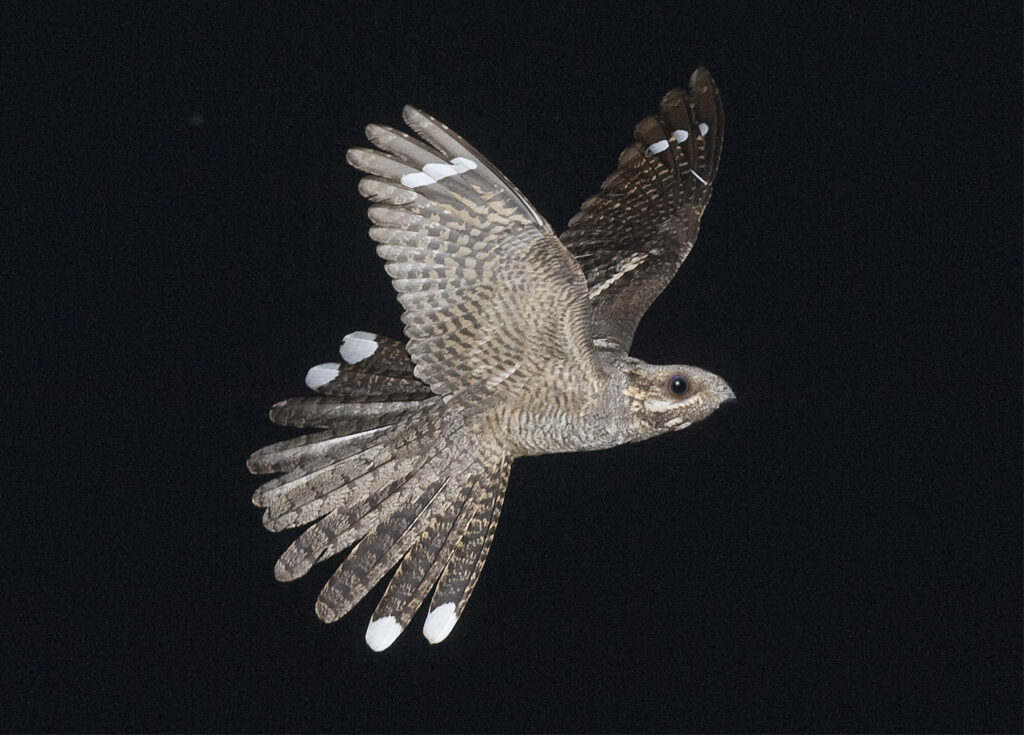
NIGHTJAR
The nightjar can be glimpsed or heard at dusk on still evenings when it hawks for food. It likes open ground, heath and moorland.
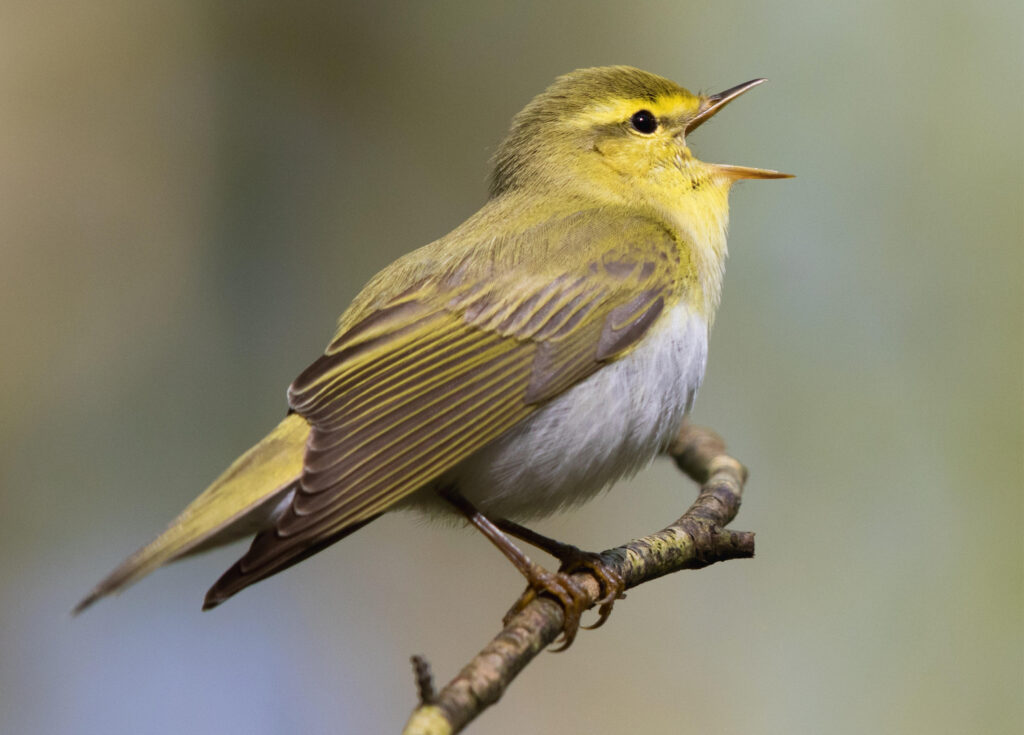
WOOD WARBLER
On the red list of endangered species, the wood warbler delivers rapid chirps followed by full-throated sustained notes.
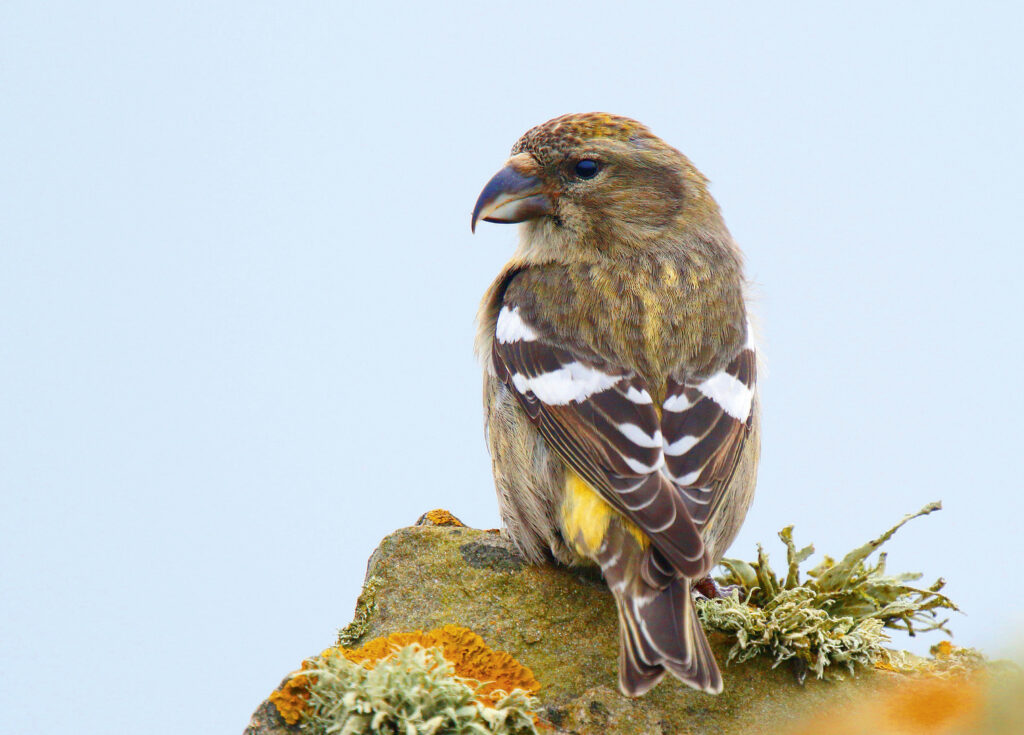
CROSSBILL
Belonging to the finch family, the male is red, the female greenishbrown. Its thin crossed bill tip helps it pick seeds from pinecones.
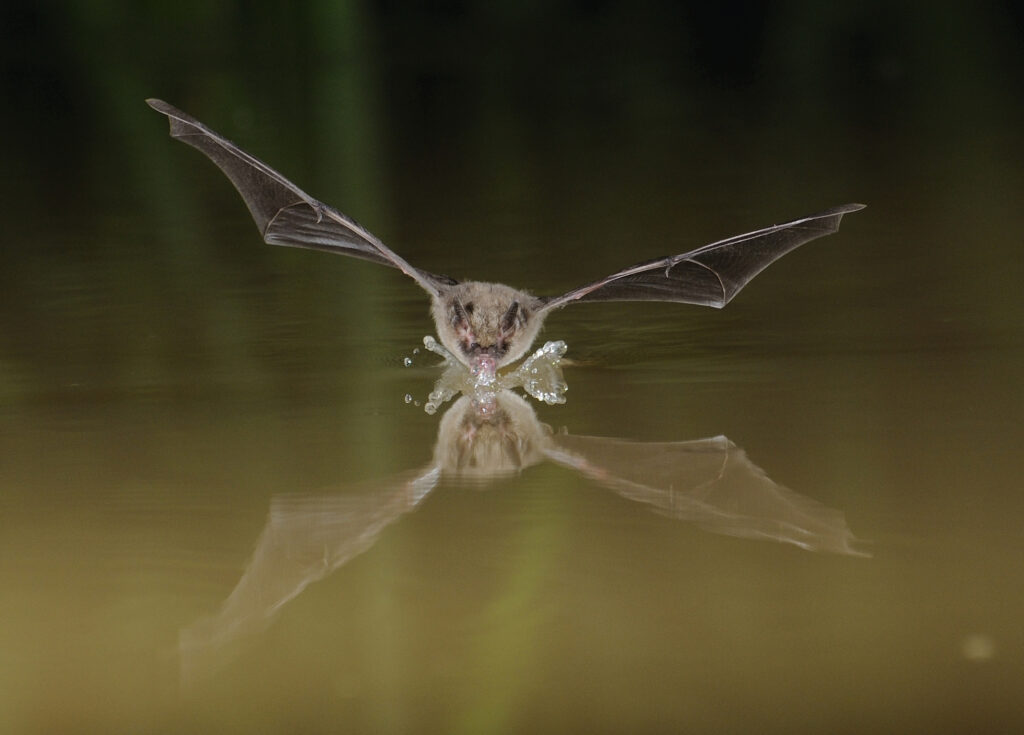
WHISKERED BAT
This tiny furry bat may be spotted on the reserve between April and October. It is less than 5cm in length.
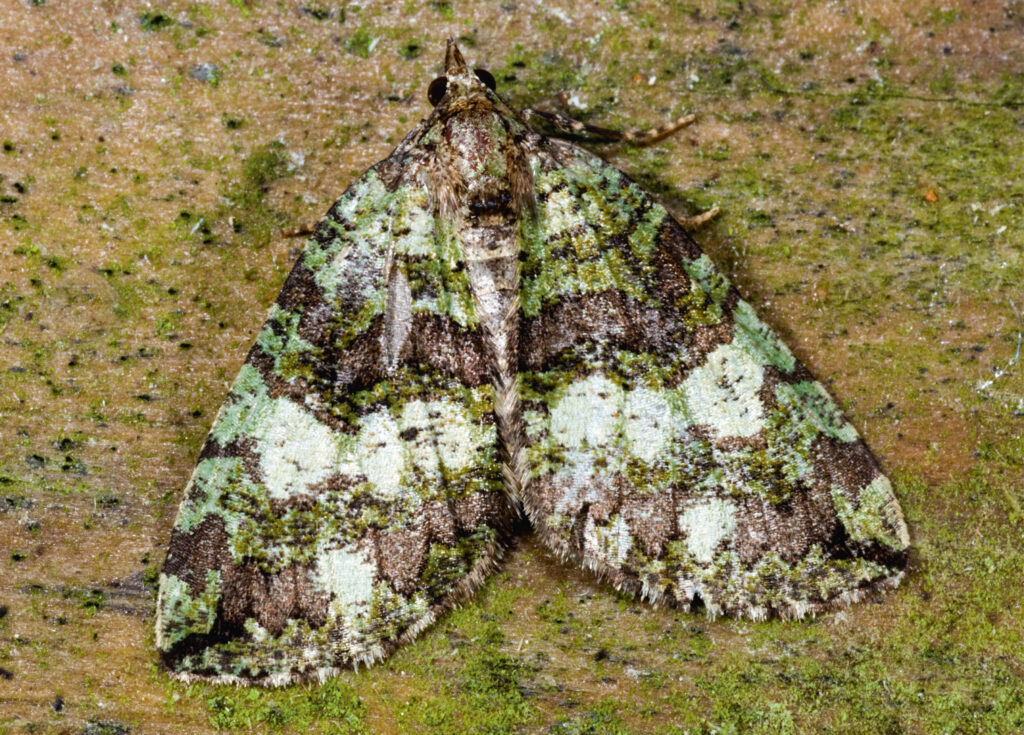
JULY HIGHFLYER MOTH
A lace-patterned moth in shades of beige, reddish-brown, mint and moss green, it’s seen on woodland edges in July and August.
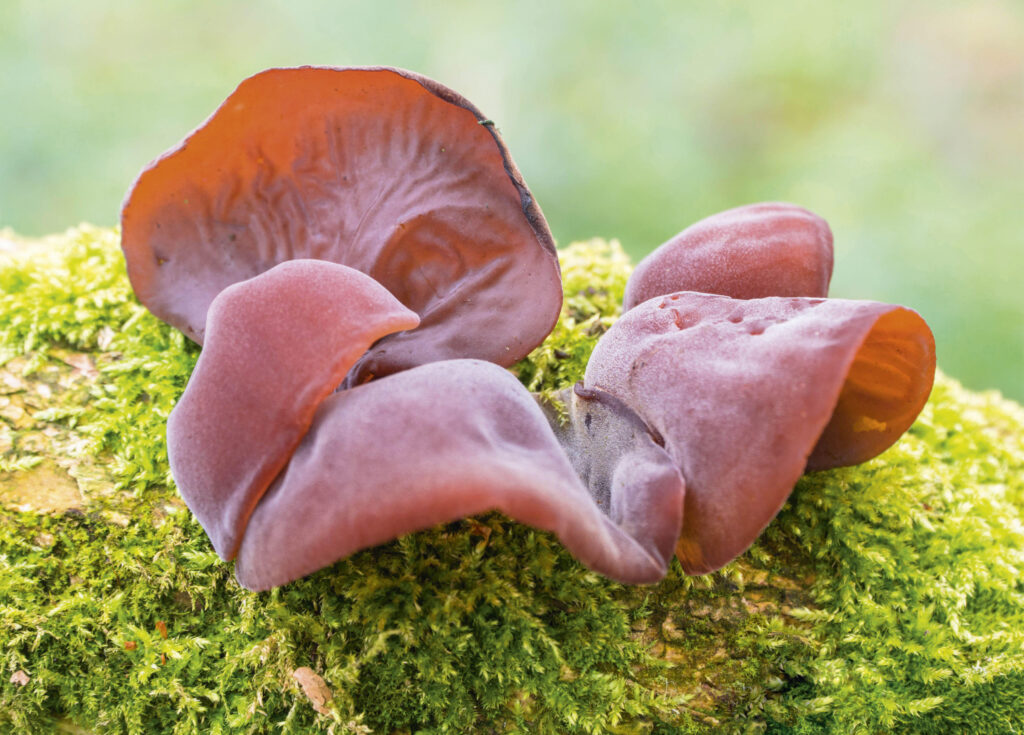
WOOD EAR FUNGUS
Wood ear, jelly ear, Judas’s ear (Auricularia auricula-judae) has a rubbery appearance and grows on wood, particularly elder.
Helen Moat is a writer and author of travel guides who lives in the Peak District National Park.
How to use OS Maps on your device
OS Maps gives unlimited access to OS maps throughout Great Britain.
Discover hundreds of thousands of ready-made routes at your fingertips.
No signal? No problem. Download maps and routes and use them wherever you go.
Visualise your routes in full 3D, and print out as required.
Use the AR Viewer to pan across the landscape and rediscover your view.
Get access to the whole of Britain for only £28.99 for a 12-month subscription.